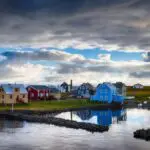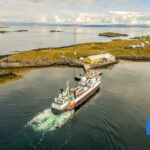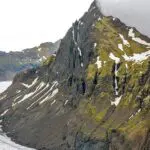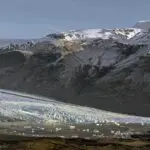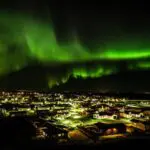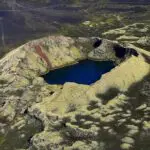Winter is finally over, and summer is about to begin! The First Day of Summer is always on a Thursday between 19 and 25 April.
Despite being called the First Day of Summer, summer has decidedly not come to Iceland. People generally do not talk about it being summer until June; however, it can be said that summer begins in the middle of May.
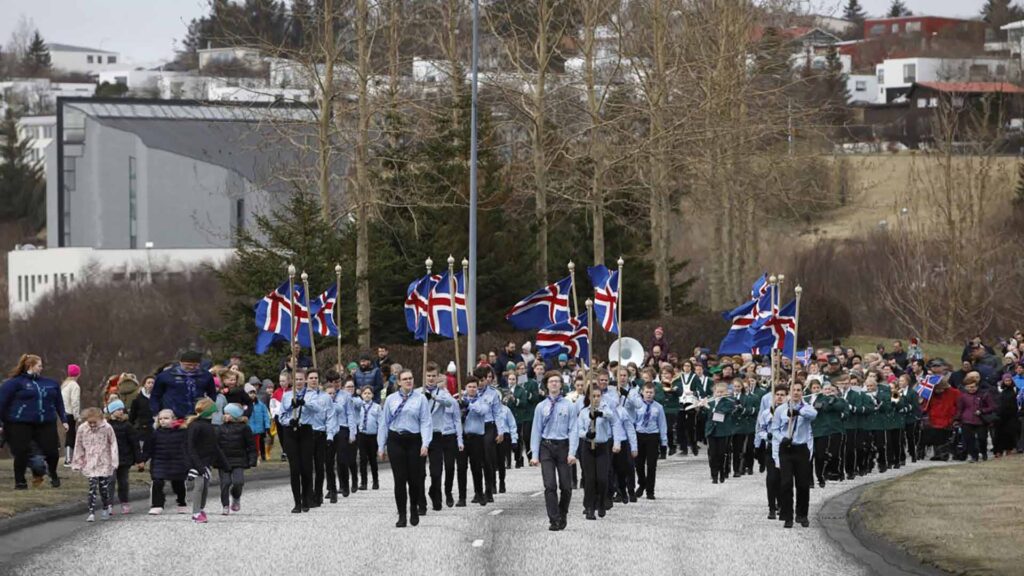
It can change between years, but spring has definitely begun on the First Day of Summer. There’s no need to dress in your winter clothes, but it’s not time for shorts either. Light hats, scarves and gloves may be prudent if you’re going to spend a lot of time outside and wear something waterproof.
Old Icelandic Calendar
Nordic and Northern European people used the Norse calendar until Christianity took over. However, Icelanders kept using their calendar version, especially the names of the months, until the 18th century. Icelanders still use a few month names, especially þorri, góa, and harpa. The first days of those months are the husband’s day, the woman’s day, and the first day of summer, respectively.
You can read all about the calendar here. Then we have posts about individual months:
The First Day of Summer is a Legal Holiday
As far as we know, Iceland has the only First Day of Summer that is a legal holiday. It was made a legal holiday on 24 December 1971, but Icelanders still celebrated it before that. It is never mentioned directly in sources, but it is likely that people looked at the First Day of Summer as the beginning of a New Year.
The book Icelandic Folk Customs, which was first published in 1934, says about the day:
“The First Day of Summer was for a long time one of the biggest celebrations in Iceland, next to Christmas. It’s no wonder because Icelandic winters are brutal, and everyone wishes for the summer to come as quickly as possible. Until 1744, people went to church on this day, but it has been customary that people get the day off, at least in the North of Iceland. The day began with reading, but later a great feast was put on the dinner table. When coffee began to be imported to the country, it was common to offer coffee and pancakes on the day. Everyone who could celebrate the coming summer.
Another thing that was special about the day was the summer gifts. Other countries have Christmas and New Year presents; here in Iceland, we give summer gifts. Husbands and wives gave each other gifts and their children and even sometimes everyone who lived in the house.
It was also custom for young boys to meet and wrestle, and the farmers went out to meet other farmers and drink.”
The Old Custom of Summer Gifts
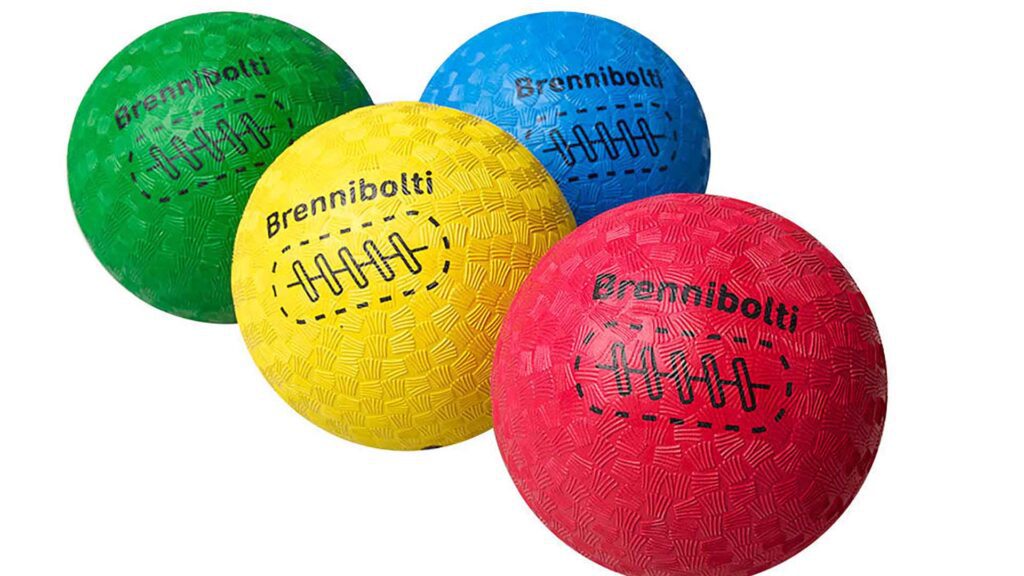
The book’s author lamented that the custom of giving presents on Christmas instead of the First Day of Summer was taking over. He shouldn’t have worried too much since we still give these presents. The difference is that it is primarily children who get gifts, and it is always something that has to do with summer. New clothes, a bucket and a shovel, a ball, skipping rope or coloured chalk to draw on the sidewalk.
Sources say that summer gifts are at least four centuries older than Christmas gifts.
In recent years, it has also become more popular for companies to give their staff summer gifts.
Celebrations on the First Day of Summer
Municipalities around the country hold celebrations on this day aimed at children, but everyone is welcome. Reykjavik decided to dedicate the day to children in 1921.
The celebrations differ year from year, but the girl and boy scouts usually hold some sort of shindig all around the country. There are also parades, face painting, concerts, and fun summery goodness.
Visit Reykjavik usually has everything going on in the capital area scheduled on their site.
The Weather on the First Day of Summer
Folklore states that if summer and winter freeze together, it will bode good summer.
Northeastern winds are expected during those last 10 days of April and all the way to 10 May or so with high air pressure. It is generally dry and sunny in South Iceland, but it can snow in North Iceland.
In Reykjavik, the highest temperature to have been measured on the First day of Summer was 56.3°F (13.5°C) in 1998 and again in 2004. However, the coldest day was in 1949, when it went down to 16°F (-8.9°C). It is often reasonably sunny on this day but cold.
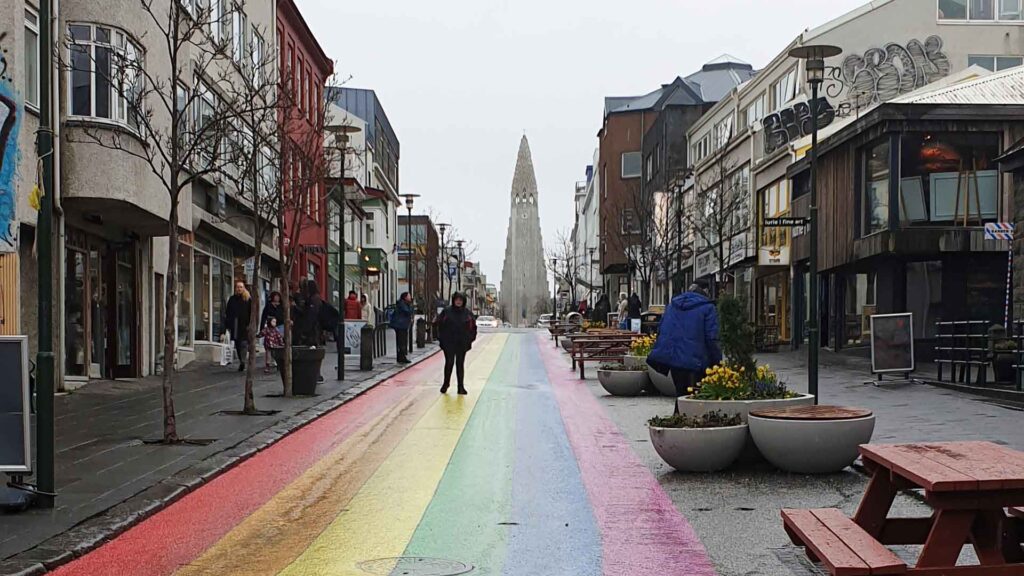
People believe that if winter and summer freeze together, we’ll have a good summer. However, since 1949, it has only happened 21 times in the capital.
On the other hand, the highest temperature ever has been measured in Iceland on the First Day of Summer was 67.6°F (19.8°C) in Akureyri, 1976.
Average temperature
Since 1949, the average temperature on the First Day of Summer has been under 32°F (0° C). However, in 2022 the forecast says the temperature will go up to 53.6°F (12°C), with a chance of rain. 25% of the time, there is quite a lot of rain on this day, and 51% of a dry day. So, if you meet an Icelander and they say it always rains on The First Day of Summer, you can point them towards this blog you are reading and tell them they’re wrong. Only twice since 1961 has there been snow on the day.
So, what does all this mean? It means it can possibly rain, it is not likely to snow, and the day is often very bright with sunshine but not particularly warm. So, a typical Icelandic spring day.
If you want to read more about the weather in Iceland, you can check out this blog.
History of Old Icelandic Month Harpa
The First Day of Summer is also the first day of the old month, harpa, the first summer month. When Icelanders still used the Old Icelandic Calendar in the olden days, there were only two seasons: winter and summer.
Historically, it was the “Young Maidens Day”, as the first day of einmánuður was dedicated to young boys, and the first day of góa was the woman’s day. The first day of þorri is the husband’s day.
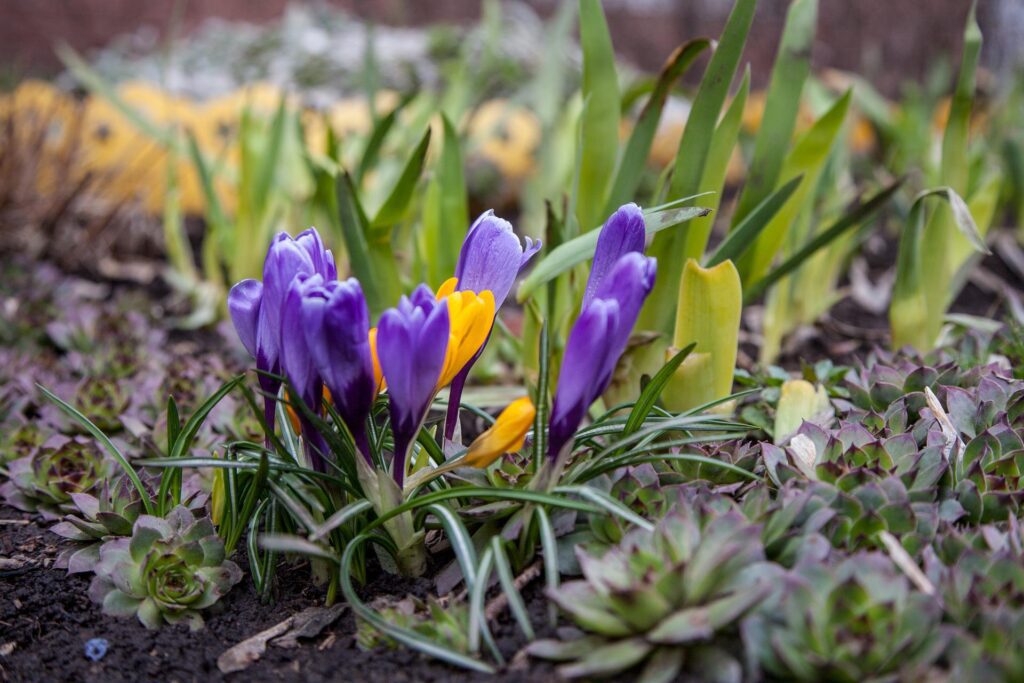
Harpa is the first of six summer months. The name means “harp”, but it may refer to the poetic harp of spring. However, the name is probably not older than the 17th century. In Snorri-Edda, the month was called gaukmánuður and sáðtíð. Gaukur is the cuckoo bird, but it is possible the word meant something else. Sáðtíð, or sow tide, says it is time for sowing.
Even if “harpa” means “harp” today, it is possible it meant something else 400 years ago, a definition that has been lost to time. The weather in the 17th century was pretty bad, and the name might refer to “herpingur” or extreme hardships.
You can read more about the Old Icelandic Calendar here.
Please signup HERE for our newsletter for more fun facts and information about Iceland!

